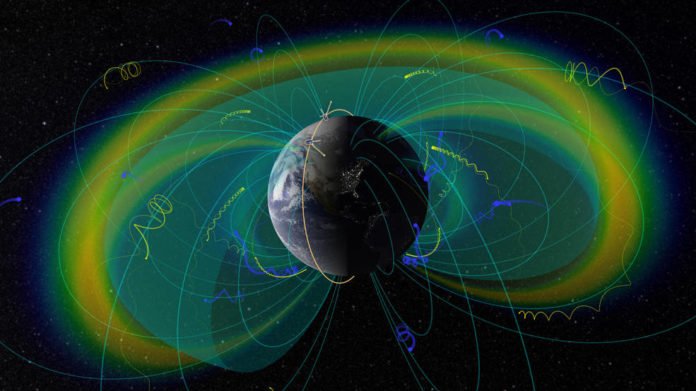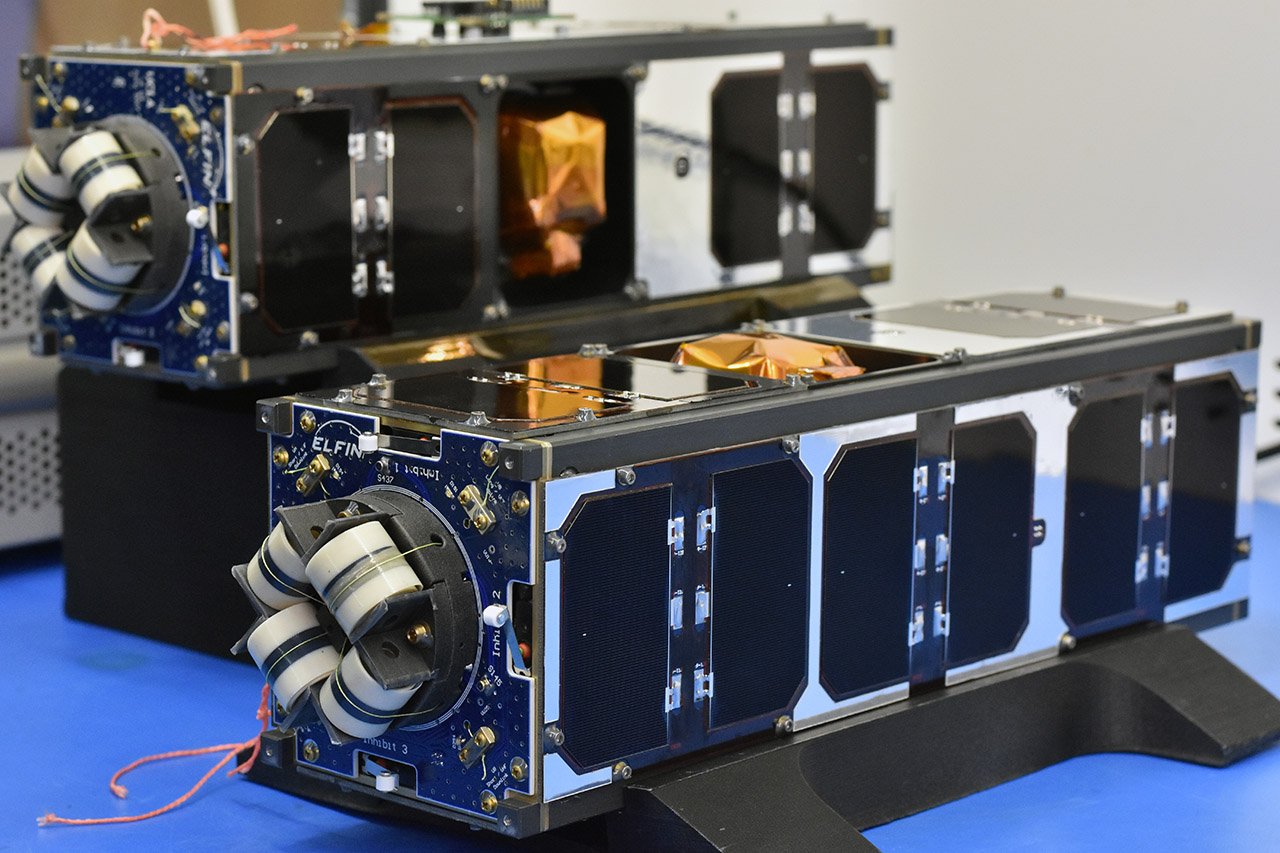NASA is going to launch a new CubeSat mission called The Electron Losses and Fields Investigation, or ELFIN from the Vandenburg Air Force Base in California on Sept. 15, 2018. The aim is to study one of the processes that allow energetic electrons to escape the Van Allen Belts and fall into Earth.
At the point when magnetic storms forms in near-Earth space, they make waves that wiggle Earth’s magnetic field lines, showing electrons out of the Van Allen Belts and down into our atmosphere. ELFIN means to be the first to observe this electron precipitation while additionally confirming the causal mechanism, estimating the magnetic waves and the subsequent “lost” electrons.
CubeSats are small and lightweight satellites, measured in standardized 10-by-10-by-10 cubic centimeter units, that are comparatively quick to develop and come with a price tag at a fraction of larger satellite missions. ELFIN uses two identical 3U, or 3 cubic units, CubeSats — both about the size of a loaf of bread.
By using two satellites instead of one, ELFIN will be able to measure how the precipitated electrons vary across space and time. Designed, built, and tested by a team of 250 UCLA students over five years, ELFIN will be the first satellite developed, managed, and operated entirely by UCLA. A key advantage of CubeSats is that they allow an inexpensive means to engage students in all phases of satellite development, operation, and exploitation through real-world, hands-on research and development experience.
On launch day, ELFIN will hitch a ride as a secondary payload on a Delta II rocket with NASA’s Ice, Cloud and land Elevation Satellite-2, or ICESat-2 mission. ICESat-2 will measure the thickness of ice sheets, glaciers, sea ice and more to document how Earth’s cryosphere — the frozen water part of the Earth system — is changing over time.

